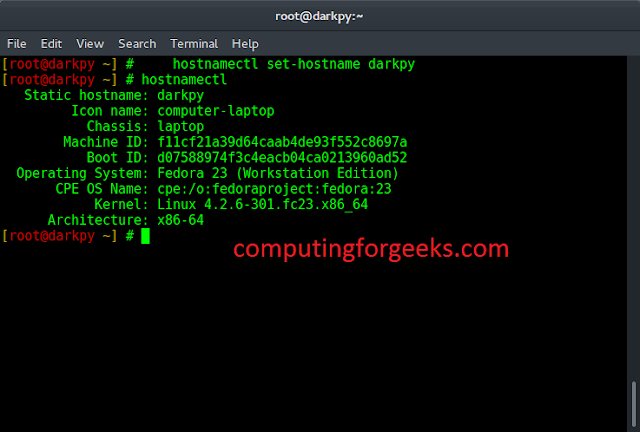TensorFlow is open-source python library designed by Google to develop Machine Learning models and deep learning neural networks. TensorFlow raw_ops provides low level access to all TensorFlow operations. Tanh() is used to find element wise hyperbolic tangent of x.
Syntax: tf.raw_ops.Tanh(x, name)
Parameters:
- x: It’s the input tensor. Allowed dtype for this tensor are bfloat16, half, float32, float64.
- name(optional): It defines the name for the operation.
Returns: It returns a tensor of same dtype as x.
Note: It only takes keyword arguments.
Example 1:
Python3
# Importing the libraryimport tensorflow as tf# Initializing the input tensora = tf.constant([1, 2, 3, 4, 5], dtype = tf.float64)# Printing the input tensorprint('Input: ', a)# Calculating hyperbolic tangentres = tf.raw_ops.Tanh(x = a)# Printing the resultprint('Result: ', res) |
Output:
Input: tf.Tensor([1. 2. 3. 4. 5.], shape=(5, ), dtype=float64) Result: tf.Tensor([0.76159416 0.96402758 0.99505475 0.9993293 0.9999092 ], shape=(5, ), dtype=float64)
Example 2: Visualization
Python3
# importing the libraryimport tensorflow as tfimport matplotlib.pyplot as plt# Initializing the input tensora = tf.constant([1, 2, 3, 4, 5], dtype = tf.float64)# Calculating hyperbolic tangentres = tf.raw_ops.Tanh(x = a)# Plotting the graphplt.plot(a, res, color ='green')plt.title('tensorflow.raw_ops.Tanh')plt.xlabel('Input')plt.ylabel('Result')plt.show() |
Output:





